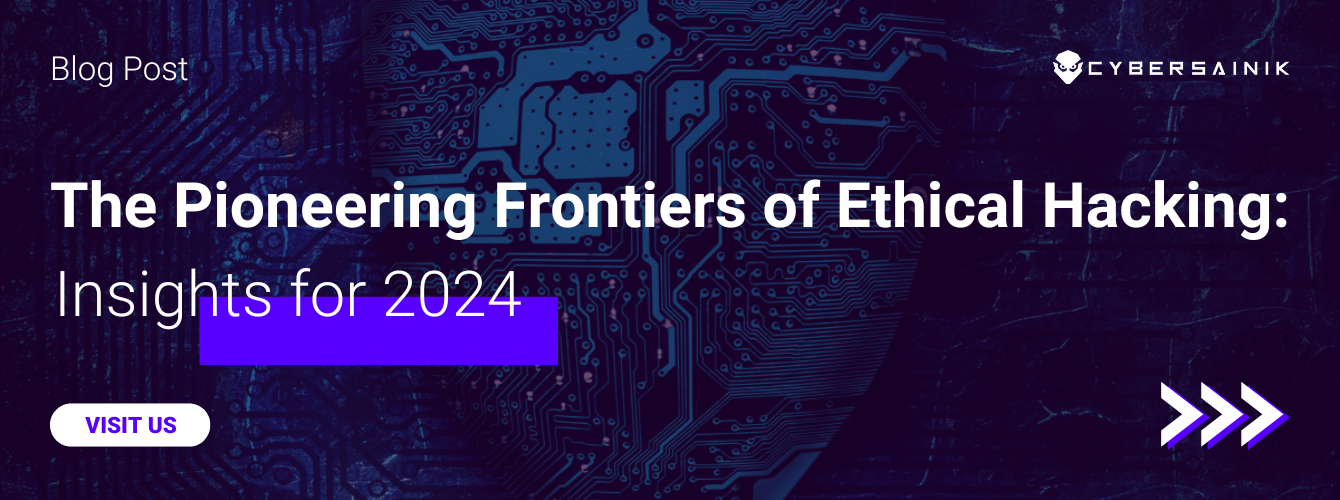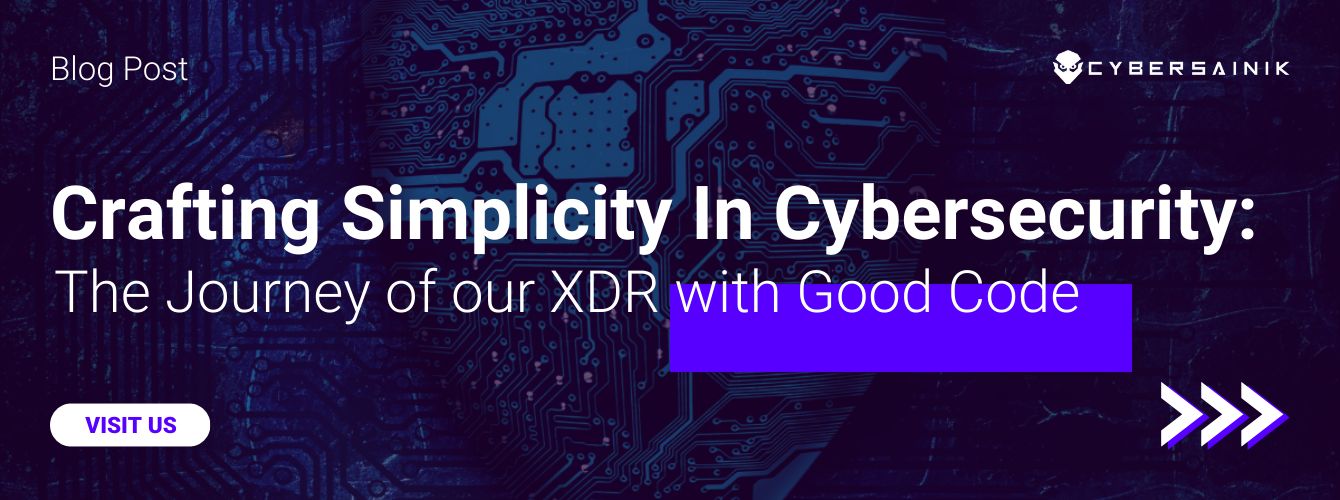You’re probably familiar with cybersecurity, but it’s easy to get lost in the jargon. Failure to keep up with cybersecurity and cyberattack trends ultimately means failure to determine what is truly best for your business. Security as a Service (SECaaS) is one of those terms that has gained popularity in the last few years or so and it’s on the rise in 2020.
As technology continues to advance, cyber threats also become more sophisticated. As a result, businesses need higher levels of security and efficiency to ensure they do not fall victim to a cyberattack. Enter Security as a Service, is the affordable way to implement cloud-based security solutions to proactively protect from, identify, and combat threats to your network, servers, and endpoints. SECaaS solutions fight against all types of cyberattacks like phishing, smishing, ransomware, malware, and other malicious viruses. The “as a Service” model of Cloud Security is ideal for small businesses because it is less labor-intensive, allowing companies to outsource monitoring and management of their networks and endpoints and allocate more time to their core job responsibilities.
Think of Security as a Service (SECaaS) as an umbrella term. SECaaS is made up of a variety of solutions that offer end-to-end protection when combined with managed security services. These solutions include Intrusion Detection and Prevention, Security Information and Event Management (SIEM), Identity Management, Email Security, and Vulnerability Solutions. Each security solution under the umbrella serves a specific purpose for the protection of your business. The best part? Security as a Service (SECaaS) is completely customizable to fit any business model. The services can be purchased as a bundled offering or individually, which means you only buy what you need and what is best for your organization. Let’s take a closer look at the details of each solution.
Types of Security as a Service
1. Intrusion Detection & Prevention
It only takes a hacker 39 seconds to attack and they can strike up to 2,244 times a day. With how quickly cyberattacks can infect your network, detection, and prevention of threats is critical to your cybersecurity practice. This is where Intrusion Detection and Prevention comes in. It detects threats in real-time, quickly remediates attacks, and prevents them from happening again.
2. Security Information and Event Management (SIEM)
Security Information and Event Management (SIEM) is security software that analyzes your data logs and looks for suspicious activity. It collects data from network devices, servers, and endpoints, stores, and aggregates that data, and analyzes it to find network trends. This cloud solution gives your corporation the ability to investigate alerts, detect threats, and ensure that your network is running as it should – safe and sound!
3. Vulnerability Solutions
Technology has its flaws and every network has vulnerabilities, which is why Security as a Service (SECaaS) offers a variety of vulnerability solutions. This means that you can look deep into your assets, vulnerabilities, and network exposures while eliminating any blind spots. Additionally, it offers passive network monitoring and data loss prevention.
4. Identity Management
Identity Management is exactly what it sounds like. It manages, or controls who can access your network. This includes Multi-Factor Authentication (MFA), which adds an extra security layer to your accounts by guaranteeing that only authorized parties have access to your devices and systems. With Identity Management, businesses increase their efficiency with single sign-on capabilities for both internal and cloud networks. Above all, Identity Management helps you transparently identify who is in your network.
5. Email Security
Not only is email the main business communication platform, but it’s one of the main sources of cyberattacks. 92% of malware is delivered by email, which is why companies of all sizes and business models should invest in email security. It defends against cyberattacks like phishing, spear-phishing, and ransomware, blocks spam emails, flags emails from impersonators, and prevents malware and other viruses from attacking your devices.
Security as a Service (SECaaS) & Your Business
At this point, you might be wondering which SECaaS solutions are right for your business or if you need the whole enchilada. After learning about the basic functions of each solution, you also might have noticed that some of them share similar benefits, so why might you need all of them? In short, it really depends on your business and how confidential your information is.
For instance, your company could be a small financial institution with about 40-50 employees. It might be smaller; however, you are handling highly sensitive data on a daily basis, which makes all Security as a Service (SECaaS) solutions vital to the strength of your business. Also keep in mind that while Cyber Sainik as a Service (SECaaS) gives you the leisure of choosing which services you want for your organization, don’t be fooled in thinking that cybercriminals are only after larger corporations. 81% of all cyberattacks happen to small and medium-sized businesses. This is simply because many small businesses are under the false pretense that they will not be attacked, and therefore fail to implement cloud security solutions. On the other hand, companies with less sensitive data might benefit from basic Email Security and passive network monitoring that comes from the vulnerability solutions under the SECaaS umbrella.
Bottom Line
The biggest takeaway here is that all businesses need Security as a Service (SECaaS), especially as cybercriminals become more adept at deception and infect more platforms. The average cost of a data breach is $3.92 million, yet 97% of attacks could have been prevented with proactive solutions like Security as a Service (SECaaS). Regardless of company size or business model, the higher your investment in Security as a Service (SECaaS), the higher security and productivity you receive. Contact Cyber Sainik to learn more about Security as a Service (SECaaS).




